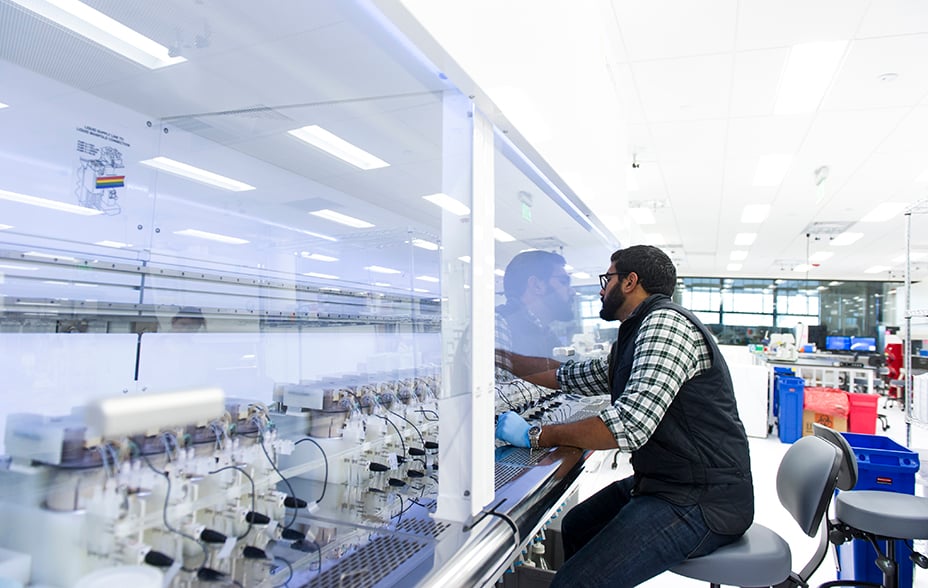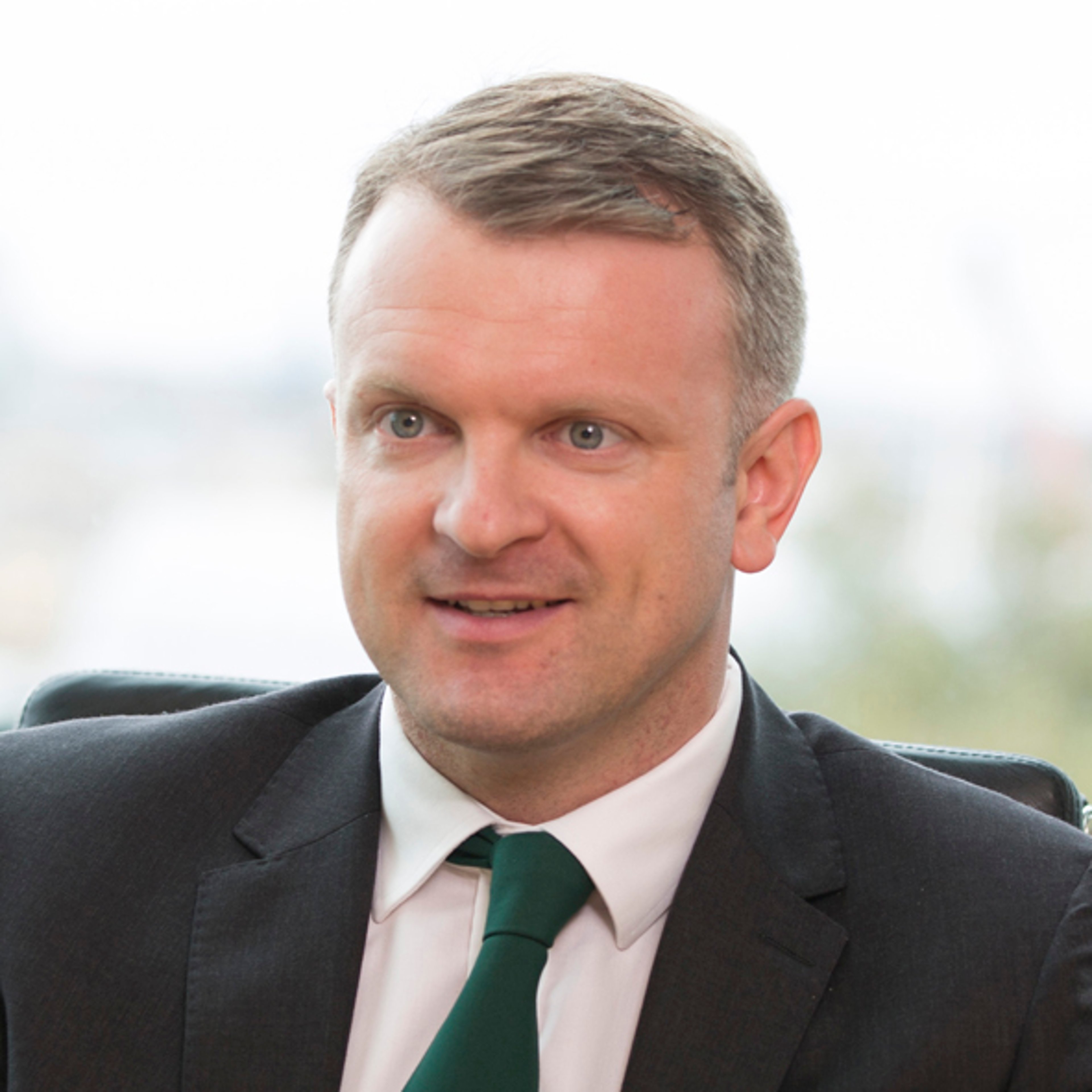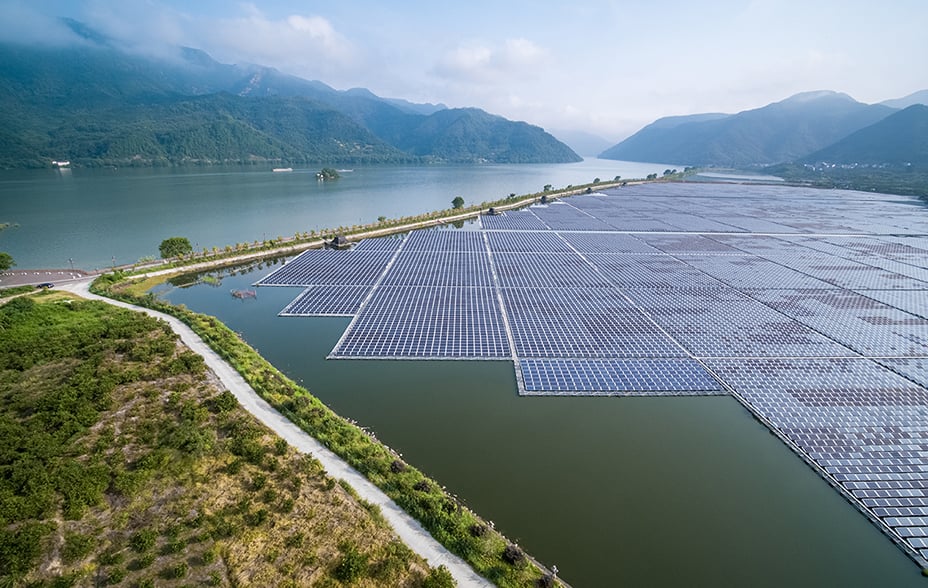
Picture yourself sitting on a sun-drenched beach.
As you lean back, you feel grains of sand between your fingers.
You let a thin stream fall from your hand, and you start to make a sandpile. You watch it grow and change shape. Sand slides occur of varying sizes. Some big, some small, some ‘catastrophic’ to the cone you’re building.
This was a mental exercise I practised often during lockdowns. And as it turns out, sandpiles are also a useful way to think about investing in stocks over the long term, particularly when your portfolio is out of sync with the market over the short term.
How so? In nature, complex systems tend to self-organise into a ‘critical state’, a sort of teetering calm where minor changes or disturbances can lead to avalanche effects of different sizes. As the physicist Per Bak explained in his book How Nature Works, there’s a mathematical relationship between the frequency of sandpile avalanches and their magnitude.
Similar relationships can be seen in earthquakes, extinction events and river formations. They’re also common in human society, whether it be the ways traffic jams occur or, indeed, how random events can lead to massive stock price shifts and market crashes.
Catastrophic change
Despite this mathematical underpinning, avalanches of change are hard to predict. This is challenging to understand, particularly if you’ve lived through a period of stability.
Humans tend to think linearly: we believe change happens gradually rather than through such punctuated equilibria. Large avalanches feel as if the sky is falling in rather than being inevitable evolutions of the system in which we live. In this context, the Covid-19 pandemic was just another grain added to the already complex system that is the world economy.
It set in motion a ‘catastrophic’ avalanche that put the global economic ‘sandpile’ into a completely different state. Companies have changed and evolved and influenced others to do the same. And the event isn’t over yet – it could still be some time before the grains settle.

This is a useful starting point to think about how changing one thing back to how it used to be is not sufficient to return to a previous state.
So we must think probabilistically about the future rather than waiting for the economy to ‘return to normal’, and ask: what are the most likely opportunities given where we are now?
We combine this probabilistic thinking with one of the most underrated approaches to investing: patience. This affords us the luxury of investing with a long-term mindset, enabling us to ride out inevitable periods of volatility and underperformance.
Patience and probabilistic thinking allow us to focus on what a company could achieve if things go right over the course of decades.
Information technology’s golden era
As optimistic long-term growth investors, we think that innovation is speeding up and spreading out. Indeed, we believe we are about to enter a new ‘golden era’.
The socio-economic researcher Carlota Perez has identified five major waves of innovation in the last 250 years:
1. The industrial revolution, which started in the 1700s
2. The age of steam and railways, in the early 1800s
3. The age of steel and electricity, in the late 1800s
4. The age of oil, cars and mass manufacturing, in the early 1900s
5. The age of information and telecommunications, which began in the early 1970s
These waves follow a similar pattern. They take a long time to play out – 50 years or longer in some cases.
Each is split into two distinct phases. In the first half of each revolution, the new technologies are confined to a relatively small part of the economy and are only adopted by a few sectors.
This creates substantial turbulence because you have lots of capital chasing a small number of opportunities. And since technologies are narrowly deployed, you witness increasing income inequality and social unrest.
But in the second half, the new technologies start to spread out to the wider economy, resulting in a golden era for employment, economic growth and opportunities.
The turbulent phase is called the installation phase, while the golden era is the deployment phase.
Carlota Perez's technological surge cycle

We believe we may be at the turning point of wave five.
Innovation has come about on the back of the internet, mobile devices and machine learning. For the last 20 years or so these technologies have been limited to a couple of narrow sectors of the economy: mainly retail and advertising, where we have seen the rise of ecommerce and ‘big tech’ platforms.
But we are beginning to see the technologies spread out and impact a broader range of industries.
Turning point
Over the course of the pandemic, we’ve seen the big winners of the installation phase face genuine competition from the deployment phase companies born in the internet era.
Snap and Pinterest, for example, have emerged as the next potential big winners in social media, and Shopify is providing entrepreneurs with an ecommerce alternative to Amazon.
The spread of disruption can also be seen in the likes of:
— Peloton in connected fitness
— Affirm in consumer finance
— Coursera and Duolingo in education
— Ginkgo Bioworks in industrial biotech
Ginkgo in itself offers the tantalising prospect of ushering in the next technological revolution, that of synthetic biology. Instead of programming 1s and 0s as in the digital age, we can now program the As, Ts, Gs, and Cs – the building blocks of DNA – and upend vast swathes of industry.

This will trigger yet more avalanches in the global economic sandpile.
We understand that the consequential turmoil may be uncomfortable, just as it is today because of Covid-19.
But part of our edge lies in our ability to ride out such sand slides and remain focused on identifying and investing in the new winners that emerge.
Important information and risk factors
The views expressed in this article are those of Ben James and should not be considered as advice or a recommendation to buy, sell or hold a particular investment. They reflect personal opinion and should not be taken as statements of fact nor should any reliance be placed on them when making investment decisions.
This communication was produced and approved in January 2022 and has not been updated subsequently. It represents views held at the time of writing and may not reflect current thinking.
Any stock examples and images used in this article are not intended to represent recommendations to buy or sell, neither is it implied that they will prove profitable in the future. It is not known whether they will feature in any future portfolio produced by us. Any individual examples will represent only a small part of the overall portfolio and are inserted purely to help illustrate our investment style.
The Fund's exposure to a single market and currency may increase share price movements.
The Fund’s share price can be volatile due to movements in the prices of the underlying holdings and the basis on which the Fund is priced. Investments with exposure to overseas securities can be affected by changing stock market conditions and currency exchange rates.
All information is sourced from Baillie Gifford & Co and is current unless otherwise stated. The images used in this article are for illustrative purposes only.
This is a marketing communication and should not be considered as advice or a recommendation to buy, sell or hold a particular investment. No reliance should be placed on these views when making investment decisions. This article does not constitute, and is not subject to the protections afforded to, independent research. Baillie Gifford and its staff may have dealt in the investments concerned.
Baillie Gifford & Co and Baillie Gifford & Co Limited are authorised and regulated by the Financial Conduct Authority (FCA). Baillie Gifford & Co Limited is an Authorised Corporate Director of OEICs.
Past performance is not a guide to future returns.





